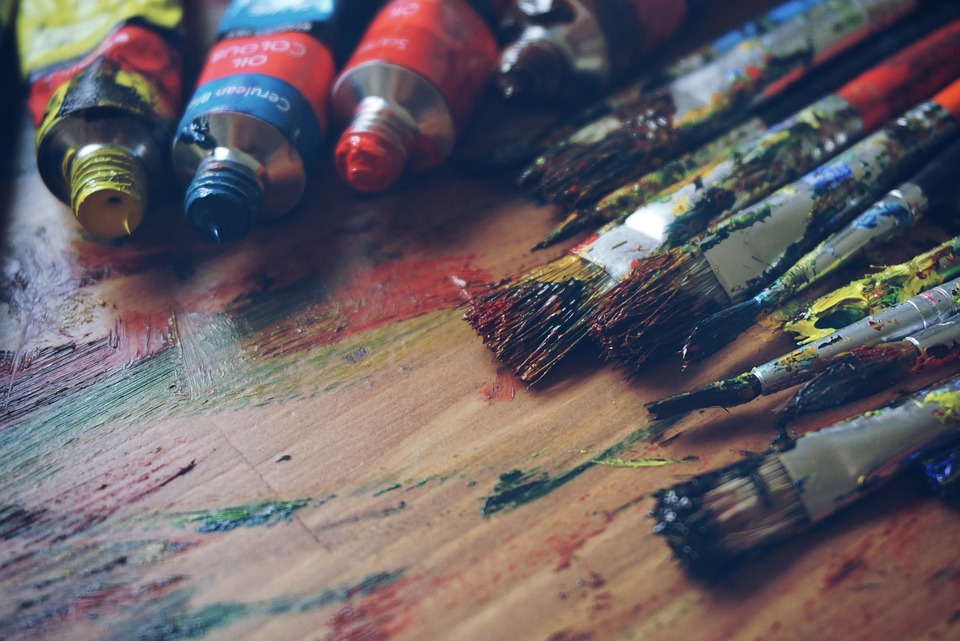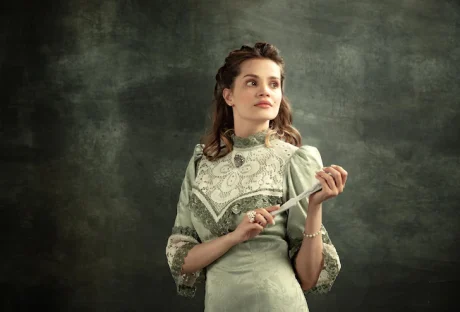London is a thriving metropolis of creativity and expressionism. Wherever you go you are going to find artists looking to get attention for their works. Whilst you will find most of their creative efforts sprawled over buildings (aka. professional graffiti) or being sold in markets, the biggest modern artistic triumphs can be found in London’s modern art galleries. Here are 5 art galleries that deserve far more attention than they are getting now. Don’t forget to visit them when you travel to London for your next holiday!
5 Modern Art Galleries that deserve far more attention:
1. Institute of Contemporary Arts:
Once you have decided on one of the City of London hotels for the day, you need to visit the Institute of Contemporary Arts (ICA). You don’t get a name like that in the art community for playing it safe. This art gallery was practically the birthplace of modern pop art and has some extremely edgy and forward-thinking exhibitions. So, make sure to keep an eye on it. After all, this gallery is known for starting large art movements. For a period during the 1970s the Institute was recognized for its often anarchic program and management. Institute of Contemporary Arts really deserves far more attention than they are getting now as it was considerably expanded.
2. Tate Modern:
Naturally, we can’t have a list of modern art galleries without the Tate Modern being on our list. Located in Bankside, this large historic building has some of the biggest international collections of modern and contemporary art. The biggest modern artistic triumphs can be found in London’s modern art galleries. Stroll around the different displays and some interesting sculptures, paintings, and even video/media works. It’s a great way to enjoy your day. Tate Modern is free for everyone, with a cost for special shows. Tate Modern attracts each and every visitor and it is planned to expand soon. Tate Modern acquired 5.25 million guests in its initial year. Earlier to the availability of the Switch House, there were four of these groupings at a time, each allocated a division on levels 3 and 5. Tate Modern really deserves far more attention than any art gallery in the world.
3. Goldsmiths Centre for Contemporary Art:
This museum was designed by the Turner Prize-winning architecture collective Assemble and was originally an old Victorian Bathhouse. The Goldsmiths Centre for Contemporary Art is something of a radical art gallery that aims to break artistic conventions and create public art for everyone to enjoy. It displays paintings but also includes residencies, talks, performances, and films. There is always something new going on and, better yet, it is completely free. The first exhibition housed in the Centre for Contemporary Art(CCA) will indirectly respond to the building itself. Goldsmiths Centre for Contemporary Art will be an important cultural source for pupils, artists, and the deeper public, allowing a diverse business focused on shows, events, and learning.
4. Parasol Unit:
Although the Parasol Unit is a bit on the small side, it is a contemporary art gallery that puts on shows exploring the world of art in a simple way for people to understand. You will often find artists putting on talks here about more famous works of art and helping people understand the symbolism that goes along with it. It’s a great way to learn the basics of how artworks, which is great if you are not yet used to the whole art community in general. If you want to learn about modern art and feel confident knowing that you understand the messages of more complex pieces of artistic work, this is the gallery for you. Every year the organization organizes four challenging and thought-provoking presentations of activities in multiple media by concurrent artists. here, the admission charges are free of cost to all exhibitions.
5. Blain Southern:
If you’re exploring Mayfair then you might want to drop in on Blain Southern, a contemporary art gallery that incorporates humor, sexuality, and experimentalism into its works. It regularly hosts exhibitions that incorporate grungy and realistic themes, often reaching out to new artists in order to help them display their latest work. If you want to understand a little more about what modern art actually is all about, this gallery is a great place to start. Its works are simple but very understandable. In 2019 the hall started a session in New York with an inaugural carnival. Blain Southern has many branches in different parts of the world, So it should earn far more attention than they are getting now as it has coolest exhibitions, a good quality contemporary and classy art gallery in the heart of London.
Read Also:























